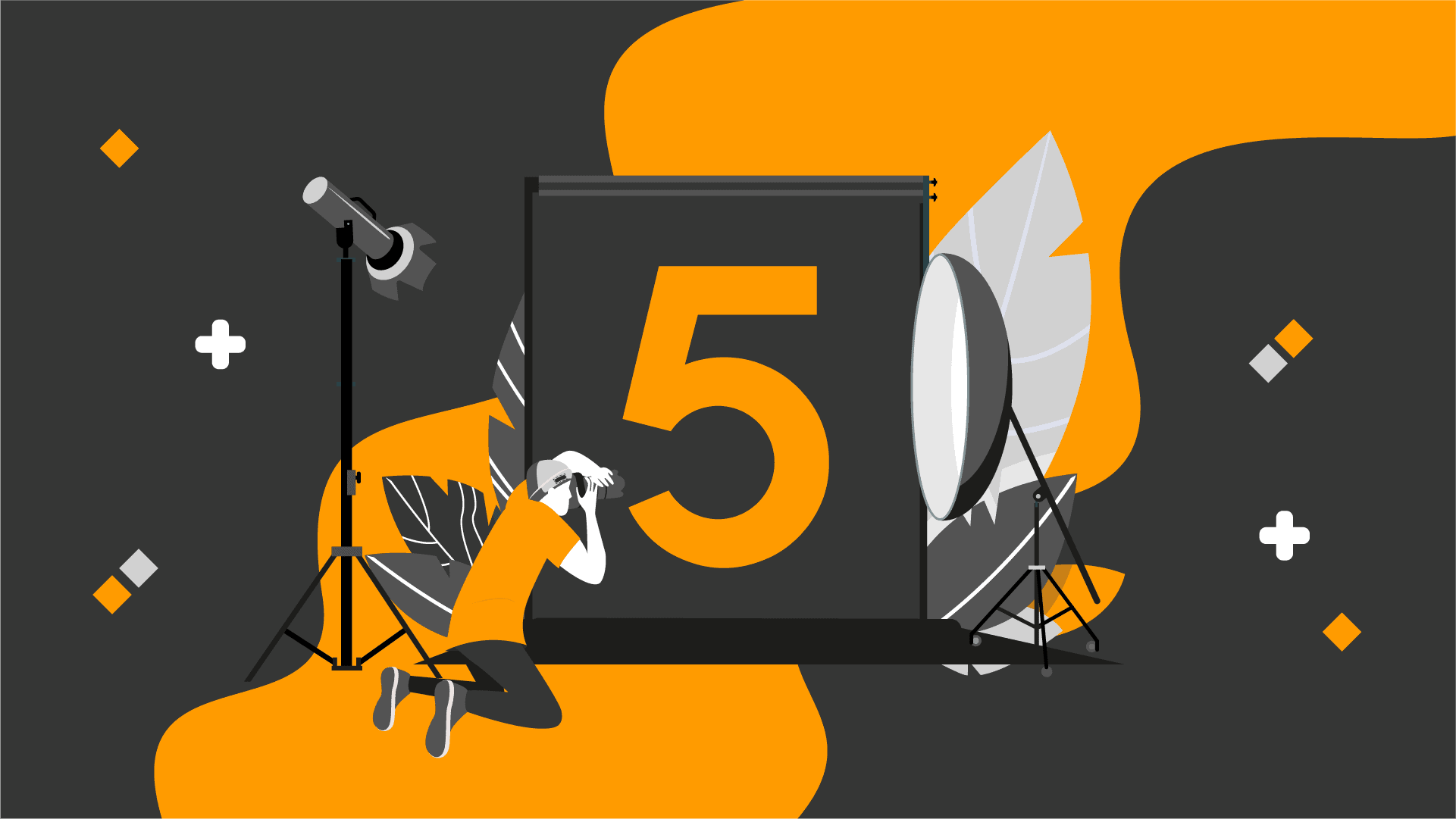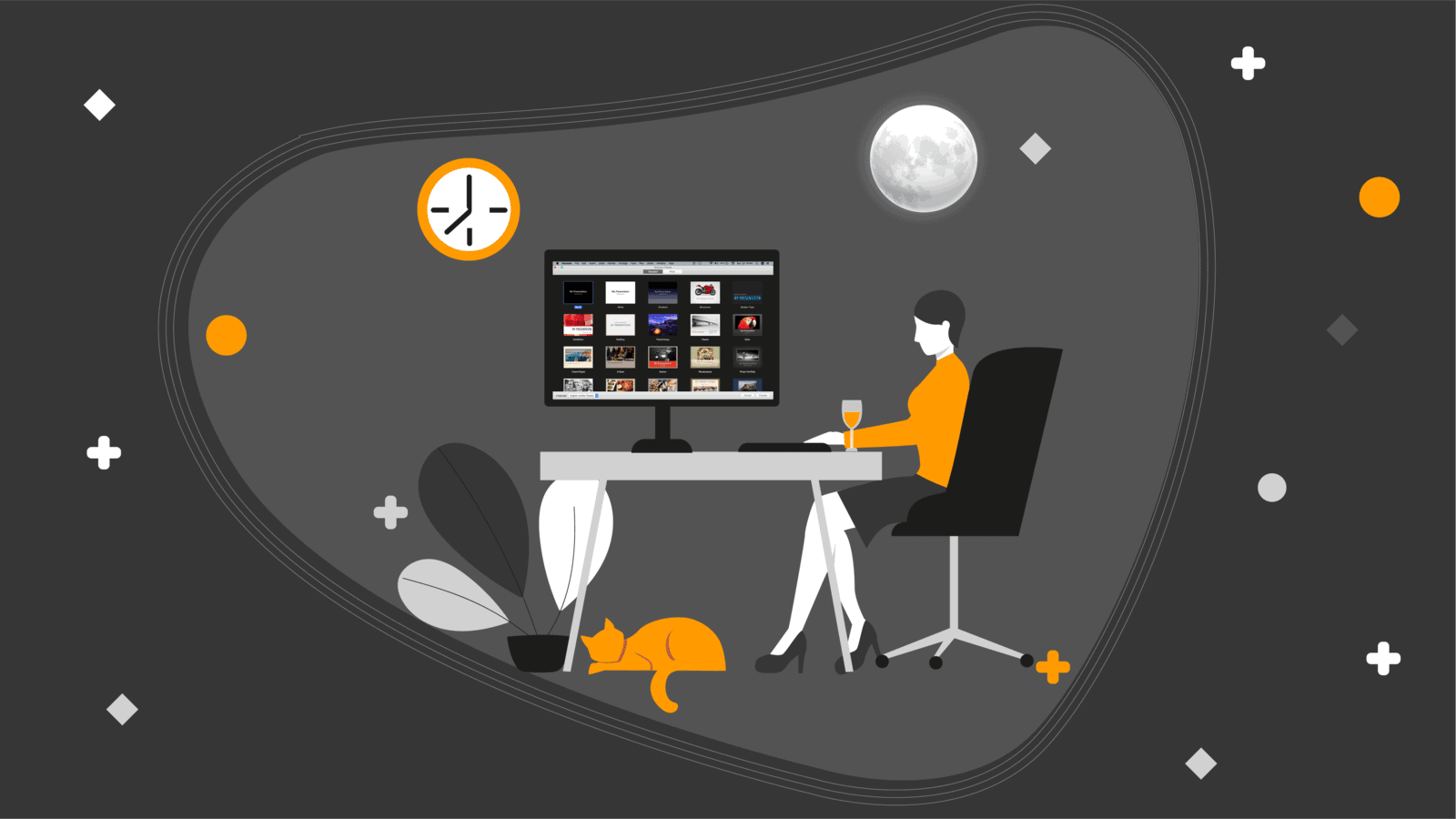6 Tips for Product Sales Presentations That Close Deals

Sales used to be simpler.
It’s 1983. A man with a sharp suit, a leather briefcase, and a shiny vacuum cleaner knocks on your door. He does a demo. Your carpet looks like new. You hand over a few dollars. Done deal.
Fast forward to today, and things are… a little more complicated.
Your prospect has already Googled ten alternatives, read three Reddit threads, and formed an opinion before you even shared your screen.
So what makes a sales presentation land? Spoiler: it’s not your product’s features.
It’s how well you understand your audience.
People don’t buy because your product can do something. They buy because it solves their something. Their pain. Their pressure. Their “one more revision and I’m moving to a remote island and raising goats” moment.
That’s why the best sales presentations don’t sell. They connect. They listen. They frame the problem even better than the buyer can. And only then do they show how the product fits in.
We’ll now walk you through 6 tips that help you achieve that.
Here’s what we’ll cover:
1. Lead with the Problem, Not the Product
No one wakes up thinking, “What I really need today is a new software platform.” (If you do, please shout “help”, and we will send someone over to bring you ice cream.)
They wake up feeling anxious or overwhelmed. They think about what’s slowing them down and what’s driving them up the wall while still having their first coffee. And that’s your way in.
Start your sales presentation by painting a very realistic picture of that pain point. Keep it grounded. Keep it human. Use language they’d actually use over coffee or in a Slack thread.
Here’s what that could sound like:
“Do you also open your laptop in the morning and just… sigh?”
“Do you get Sunday Scaries? Like you haven’t even clocked in yet and you already feel behind.”
“At the end of Qs, I see a lot of teams like yours hopping between reports and meetings and… hoping for the best.”
There aren’t any products or solutions in there. There is just empathy and human connection. It shows understanding. And most importantly, it makes them feel seen.
Which means you’ve earned their attention.
From there, you can step in with your solution, not as a sales pitch, but as an answer to something they already care (or worry) about.
Make sure to use a clear narrative structure to guide your prospect from the problem to your solution, making the transition logical and compelling.
2. Make Your Presentation Modular
Your prospect’s sitting through their third 45-minute product demo filled with features they’ll never use, wondering why you’re still talking about integrations when they just want to solve compliance headaches.
This is where modularity becomes your best friend.
Break your sales pitch deck into clean, swappable sections: each one focused on a key need such as onboarding, security, reporting, etc. Then, before the call, ask a few smart questions: “What’s the top challenge you’re trying to solve?” or “What tools are you currently using?”
That five-minute prep gives you a crystal-clear view of what matters most. Turn off all the sections that don’t address your prospect’s problems, and focus on the key elements that matter most to them.
Now, you’re not just feature dumping, you’re curating an experience.
And in a world of goldfish-length attention spans, trimming the fluff doesn’t just keep people engaged. It shows you respect their time.
And that’s a competitive edge in itself.
3. Sell Outcomes, Not Features
Ever heard someone sell a blender by explaining RPMs and motor torque? Neither have we.
But tell us it can crush ice in three seconds and make our morning iced lattes 10x smoother? Sold.
That’s the difference between a feature and an outcome; only one can spark interest.
Features are helpful, but only if they’re translated into what they mean for the customer. Don’t just say “Automated reporting.” Show them the outcome: “Imagine getting your Monday report while you’re still sipping your first coffee, without touching the keyboard.”
If you’re stuck, think: How does this make someone’s job easier? Faster? Less annoying? More impressive to their boss?
That’s what resonates. When people buy, they’re not just buying a product: they’re choosing the version of themselves that is better, happier, and headache-free because of it.
4. Use Basic Psychology to Nudge Decisions
We’d all love to believe every decision we make is a purely rational one. But the truth? Our brains are wired with shortcuts. And a few smart nudges can help your buyer feel more confident moving forward.
Let’s look at a few examples:
- The Scarcity Principle: “I can only hold this offer until next Tuesday because it’s the end of Q2.” Suddenly, it feels like now or never.
- Price Anchoring: Lead with your top-tier plan. Your mid-tier now feels like a great deal. Or explain how your competitor’s enterprise pack is costing 25K a year without your glorious add-ons, so they are getting an incredible deal with your 15K offer.
- Loss Aversion: In plain terms: losing $100 feels worse than how good gaining $100 feels. So instead of saying “Our product increases your conversion rates”, you could say “You’re losing 1 in every 3 deals simply because someone forgot to follow up after the call.”
These aren’t manipulations, they’re about making the decision easier and less risky.
It’s the same reason your Amazon cart says “Only 3 left!” or why travel sites list that one house by the sea as the ‘Most Popular’ choice.
We feel better following a path that others trust or one that feels like a limited-time win.
So use the principles of basic psychology, but remember to keep it human. The intention is to make your buyer feel smart for choosing you, not pressured into it.
5. Let Social Proof Do the Talking
No one wants to be the first person to try something untested (that’s how you end up ordering the “chef’s special” and Googling symptoms by dessert at 2 am).
Especially in B2B, every new tool can feel like a potential risk.
Enter: social proof. It’s your greatest ally in building confidence.
Whether it’s a big-name logo, a short testimonial, or a quick stat (“42% drop in churn in 3 months”), make it easy for buyers to see that others like them have already said yes and are glad they did.
Bonus points if you can name-drop companies in the same industry or show results from people who sound familiar. If you’re talking to a legal ops team, saying “Our client in fintech reduced contract review time by 60%” carries real weight.
No need to overdo it. Even a single, well-placed quote can do the heavy lifting.
6. Design with Purpose
You can say all the right things, but if your slides are drowning in bullet points, pixelated screenshots, and five font styles, you may have already lost the room.
In sales, design isn’t a nice-to-have: it is strategy. It’s how you steer attention, build trust, and make your story feel effortless to follow.
Because at that moment, buyers aren’t just judging your product. They’re judging how clearly you can communicate. If your presentation feels cluttered or chaotic, they’re likely going to assume your product is too.
Try to:
- Use clean layouts that guide the eye, one idea or feature per slide.
- Design for the mind, not against it. Your brain instinctively scans from largest to smallest, boldest to faintest, left to right. Unless you’re pitching a very creative, out-of-the-box work, try to plan your slides with that in mind.
- Lean on curated visuals, not paragraphs. A great chart can say more than five minutes of talking.
- Keep branding consistent and intentional. It’s a subtle signal that says, “We’ve got our act together.”
Imagine two vendors pitching the same solution. One uses a slide deck that looks like it was made last night in a rush.
The other? Simple, sharp, and intentional.
Who would you trust more? That one is a winning sales deck.
And that’s the power of good design: it can make or break your sales pitch before you’ve even said a word.
And if you’re wondering how to pull that off without spending your whole week in PowerPoint, we are happy to help. We’re a presentation design studio that helps companies turn their sales decks into strategic tools that convert prospects into champions. You can always reach us here.
Present to Connect, Not Convince
Sales isn’t what it used to be, and honestly, that’s a really good thing.
We’re no longer door-knocking with a pitch rehearsed to perfection. We’re stepping into conversations where the buyer has done their homework, knows their pain, and is looking for someone who gets it.
And the good news? You don’t need to shout the loudest. You just need to show that you’ve been listening. Making the other person feel like you see them and not just their budget. That you understand the pressure, the clunky processes, the tab overload on their screen.
And by shaping your presentation around their needs, you’ve shown respect for their time and curated something worth paying attention to.
Because in a world full of AI-generated [hello, first name] pitches, being well-prepared, empathetic, and present is the most persuasive thing you can do.




